2018 September 8
Jeremy Tatum writes: I have a Red Admiral chrysalis, so I know I’m going to see at least one more butterfly before S.A.D. sets in!
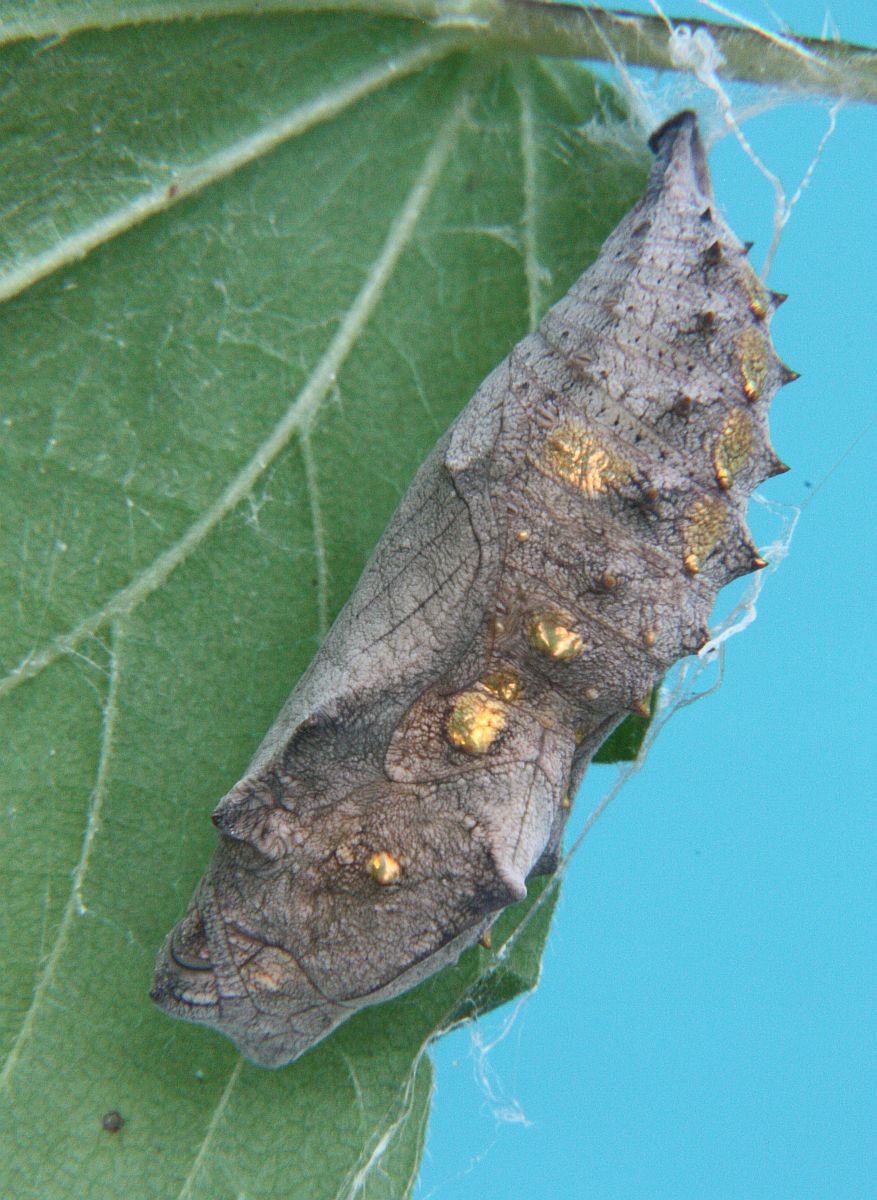
Red Admiral Vanessa atalanta (Lep.: Nymphalidae) Jeremy Tatum
2018 September 8
Jeremy Tatum writes: I have a Red Admiral chrysalis, so I know I’m going to see at least one more butterfly before S.A.D. sets in!

Red Admiral Vanessa atalanta (Lep.: Nymphalidae) Jeremy Tatum
The last Invertebrate Alert was on September 4
2018 September 7
Jochen Möhr writes from Metchosin that last night he had one Tolype distincta, and the moth below, which Libby Avis believes is a species of the large and difficult genus Euxoa.

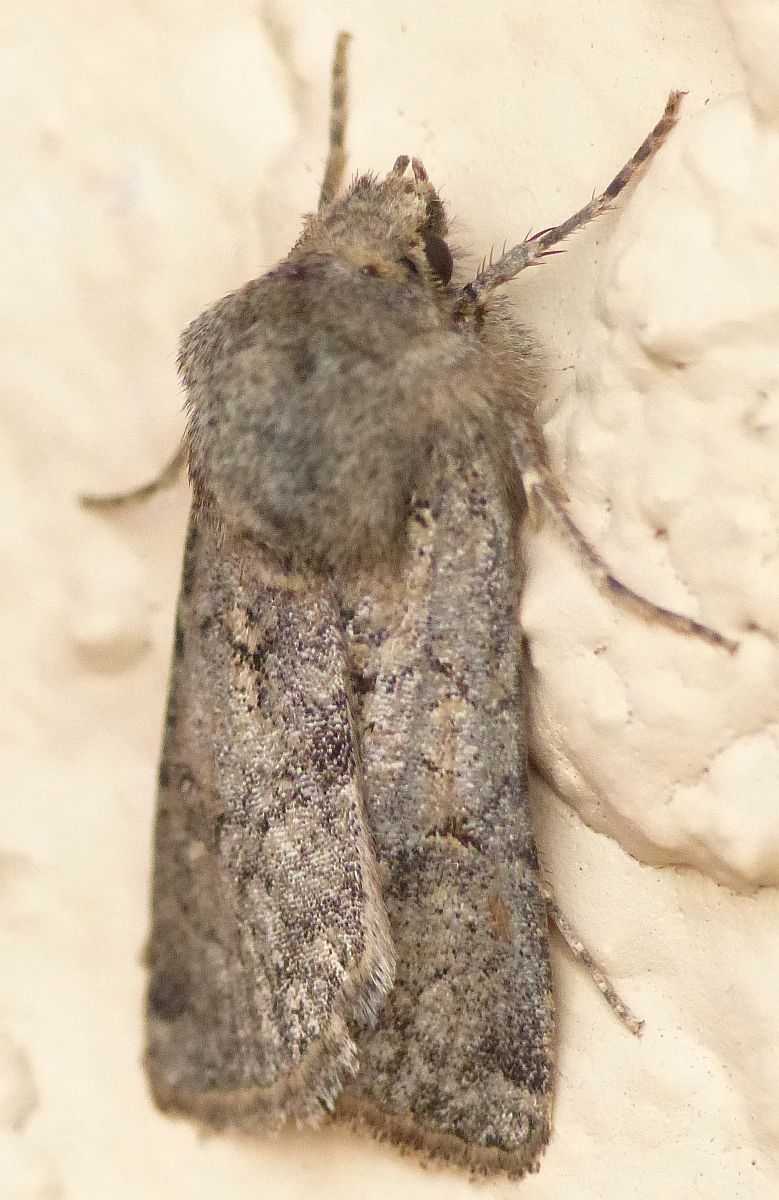
Probably Euxoa sp. (Lep.: Noctuidae) Jochen Möhr
Libby writes from Port Alberni: Phantom Hemlock Loopers Nepytia phantasmaria are here in abundance this week – as in 20 – 30 at a time at the light! Also saw the first couple of Fall Lithophanes here – innominata and baileyi – plus two Lambdina fiscellaria, another fairly common Fall moth.
Jeremy Tatum writes: I was out and about in two or three localities this morning, and I didn’t see any butterflies – not even Cabbage Whites or Woodland Skippers. Viewers are therefore encouraged to report any sightings of even the commonest species in the next few days, so that we can accurately record dates of last sightings.
2018 September 4
Jeremy Tatum writes: I found this bug on my bed this morning. But it is not a Bed Bug. It is a Western Conifer Seed Bug.


Western Conifer Seed Bug Leptoglossus occidentalis (Hem.: Coreidae) Jeremy Tatum
Here is another bunch of moth eggs, found at Rithet’s Bog on a seedhead of Reed Canary Grass. They are almost certainly the same species as the eggs shown on September 1 evening, namely the European Large Yellow Underwing Moth Noctua pronuba. The September 1 eggs were white – they had only just been laid. The ones below are almost black – they are just about to hatch.


Noctua pronuba (Lep.: Noctuidae)
Jeremy Tatum

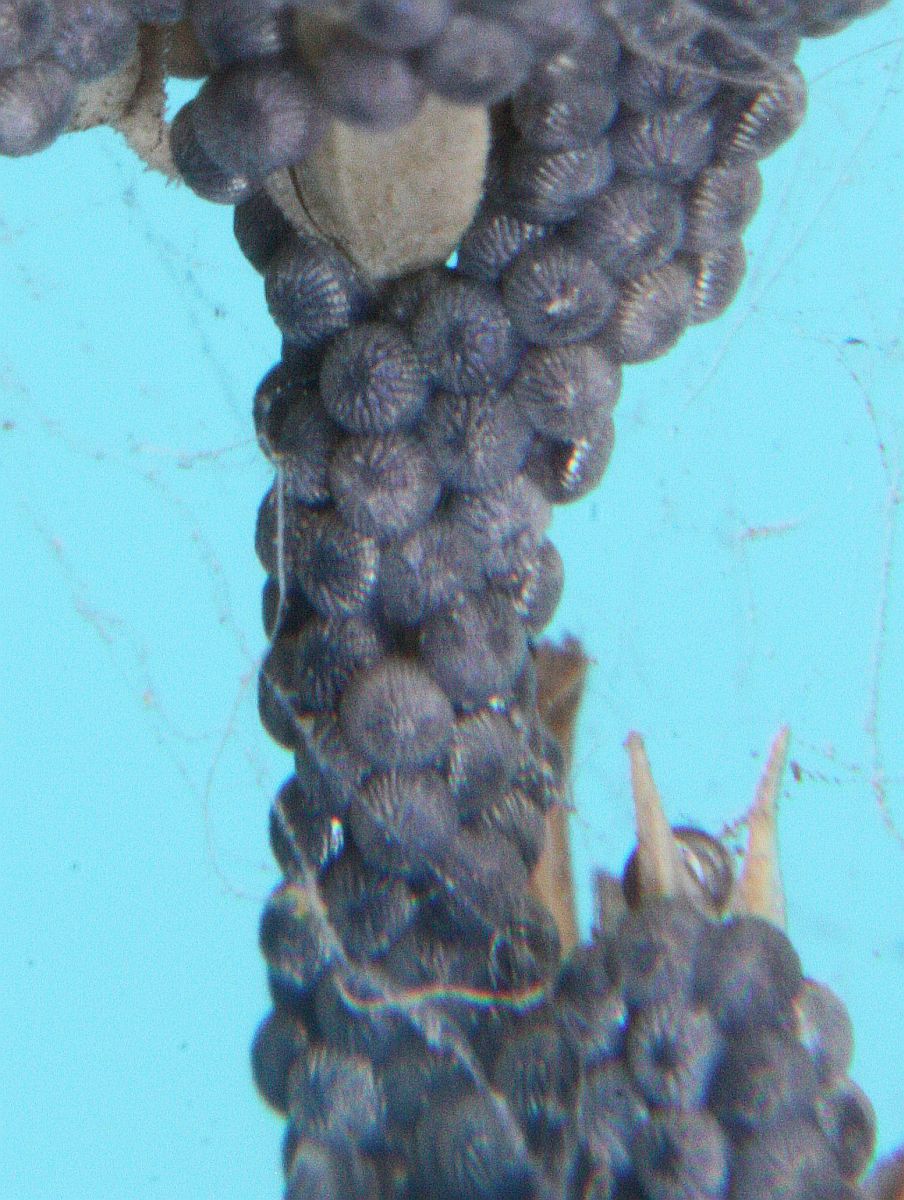
Noctua pronuba (Lep.: Noctuidae) Jeremy Tatum
Jeremy Tatum writes: Today I saw a pristine fresh Lorquin’s Admiral, at King’s Pond, Ascot Drive. The last one reported to Invert Alert was on August 20.
And Nathan Fisk sends photographs of a Red Admiral from Montague Harbour, Galiano Island,
September 1. The last adult reported to Invert Alert was on July 15 – although Jeremy Tatum found a young caterpillar on September 1.

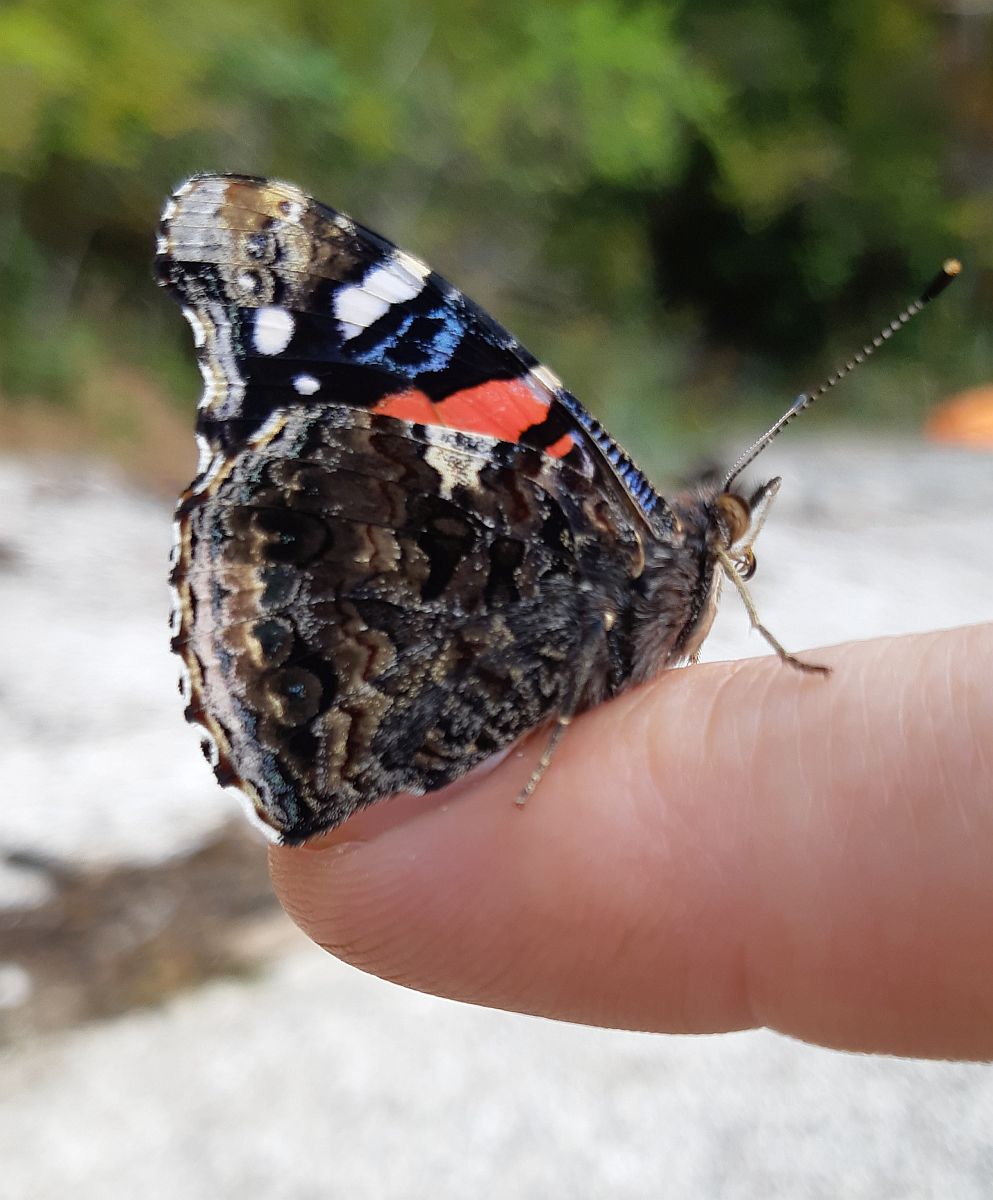
Red Admiral Vanessa atalanto (Lep.: Nymphalidae) Nathan Fisk

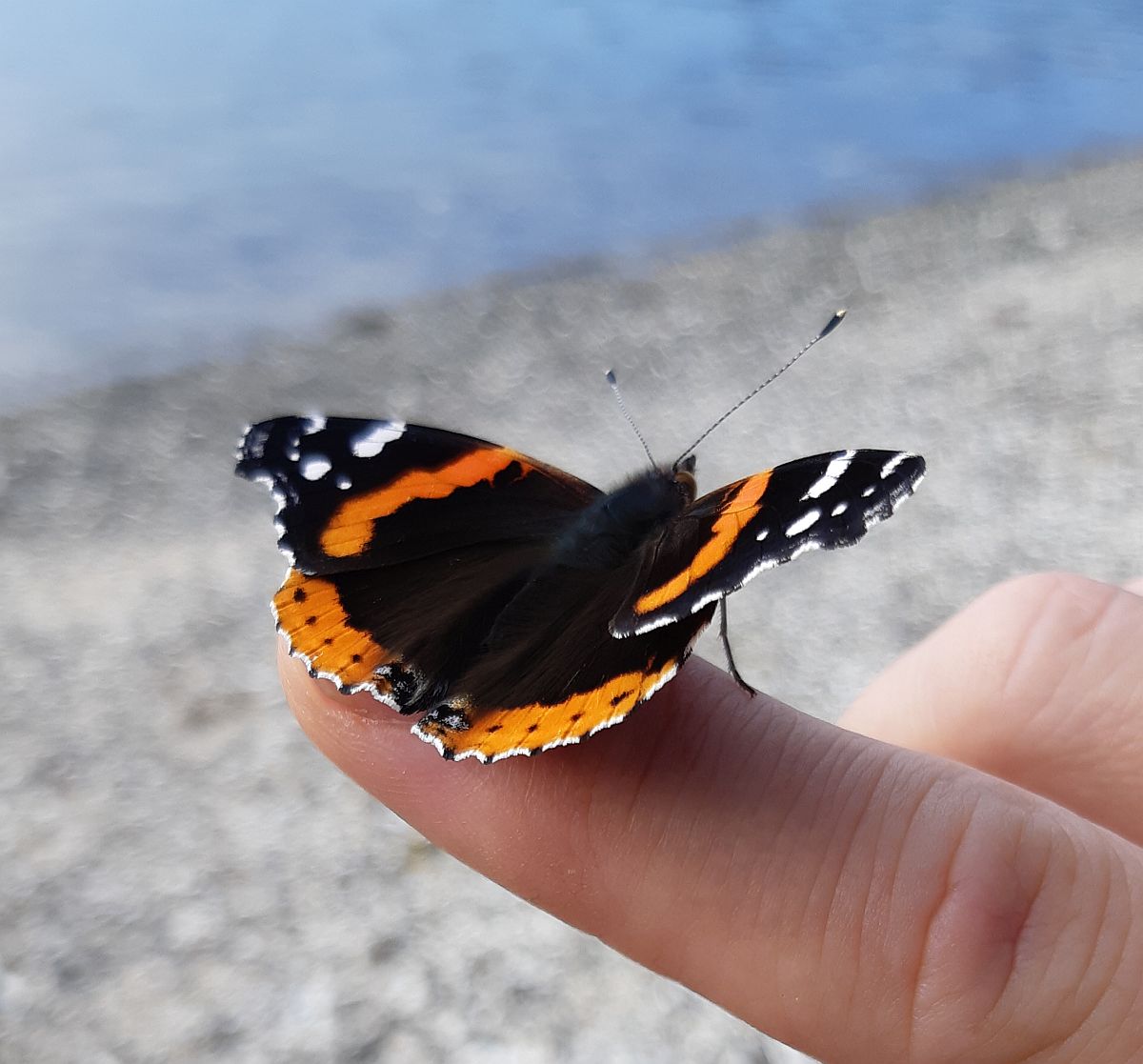
Red Admiral Vanessa atalanta (Lep.: Nymphalidae) Nathan Fisk
Jochen Möhr writes from Metchosin: I constantly have at least one Pine White in view, sometimes up to two of them – never more simultaneously. Also a single Cabbage White once or twice a day, and one or two Woodland Skippers. This morning I also saw a Grey Hairstreak. Jeremy Tatum writes: I don’t know when this species was last reported to Invert Alert! Probably some time in June, I would think.

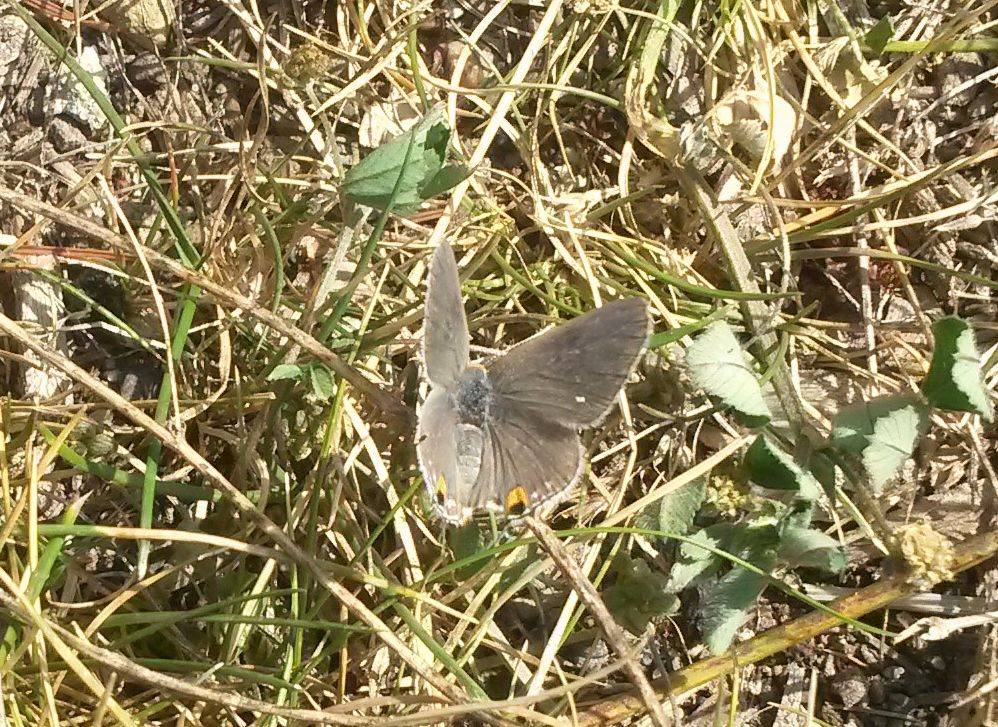
Grey Hairstreak Strymon melinus (Lep.: Lycaenidae) Jochen Möhr
2018 September 3 morning
Ron Flower sends a photograph of an ichneumonid from Swan Lake, August 26. Ichneumonids are notoriously difficult to identify because there are so many of them, and many are poorly known or poorly documented. But, writes Jeremy Tatum, if I label this one Pimpla rufipes, I’m probably not far out.

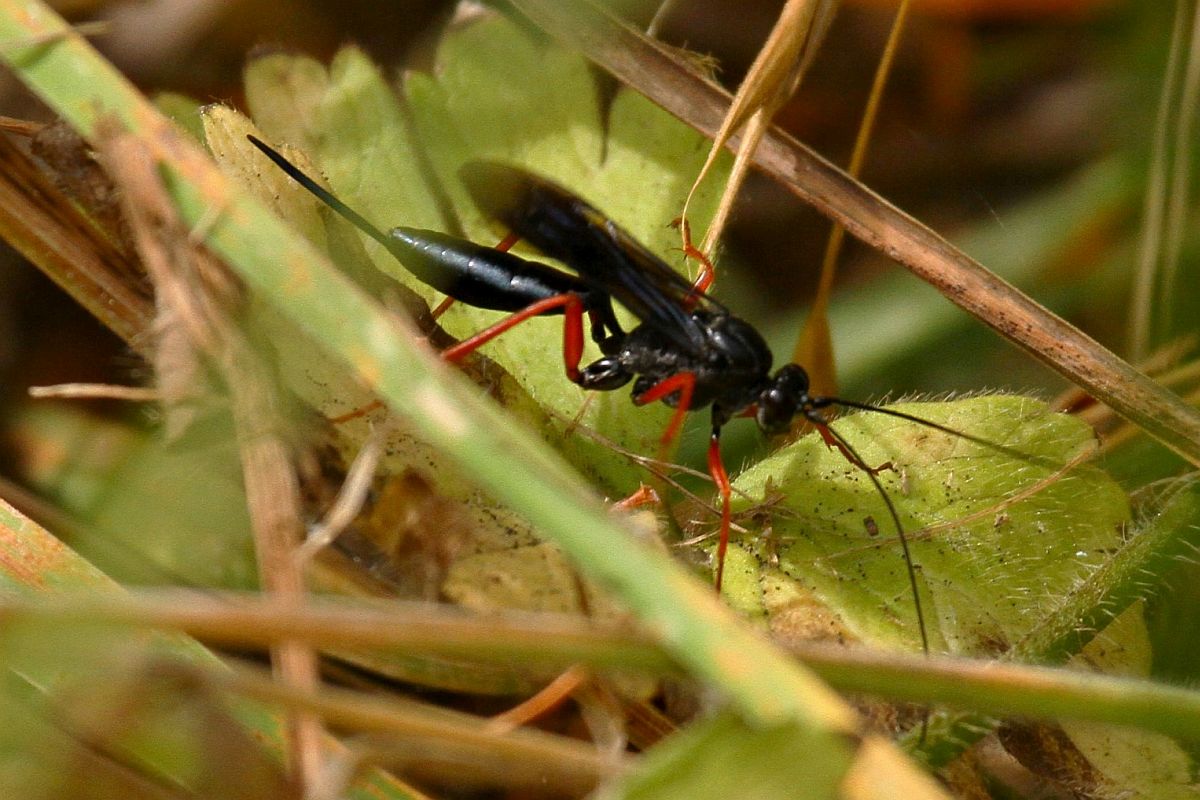
Perhaps Pimpla rufipes (Hym.: Ichneumonidae) Ron Flower
2018 September 2 evening
The butterfly season is drawing to a close, with perhaps the only butterflies that one might expect to find being Cabbage White, Woodland Skipper, Ringlet (Large Heath) and Purplish Copper (all from different Families!). Three die-hard enthusiasts turned up for the monthly Butterfly Walk this afternoon – Val George, Jeremy Tatum, and Iwan Lewylle who came all the way from Belgium to be with us. We went to McIntyre Reservoir and Island View Beach in Central Saanich, and we saw all four of these butterflies, including both sexes of the sexually dimorphic Purplish Copper. So – there are still butterflies to be found by those who seek them out! In addition to the butterflies, we found – and Val photographed – a young instar caterpillar of the moth Heliothis phloxiphaga, sitting in a Gumweed flower.

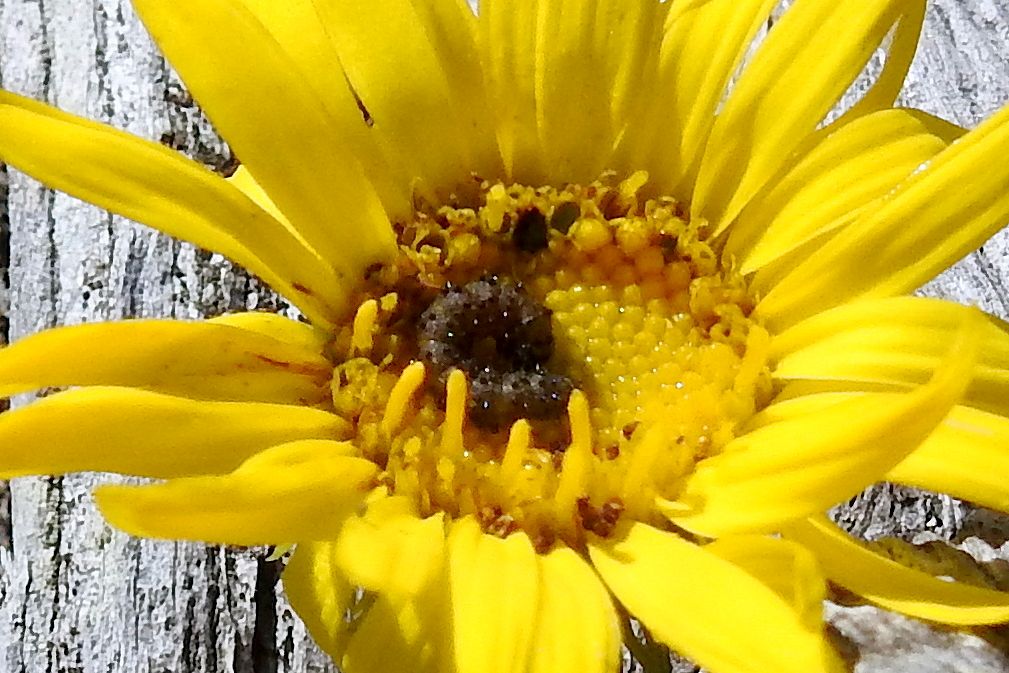
Heliothis phloxiphaga (Lep.: Noctuidae) Val George